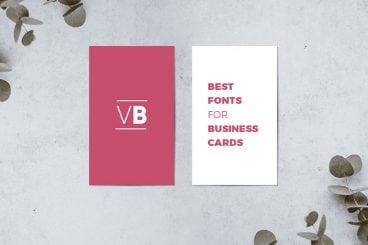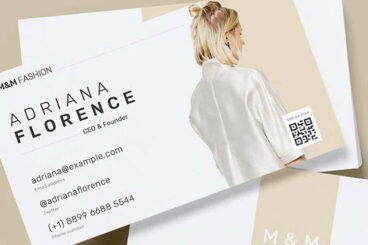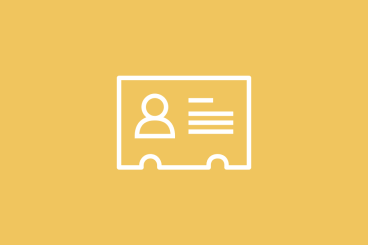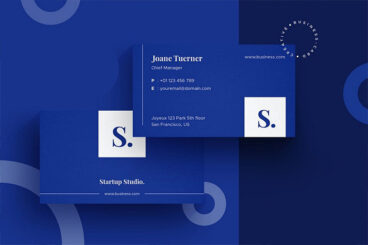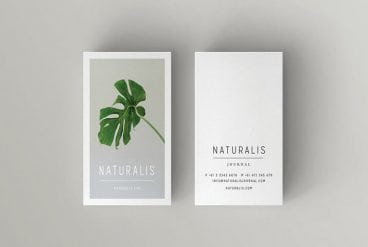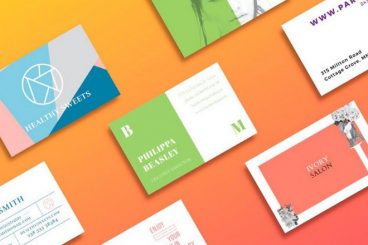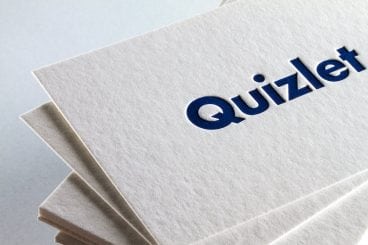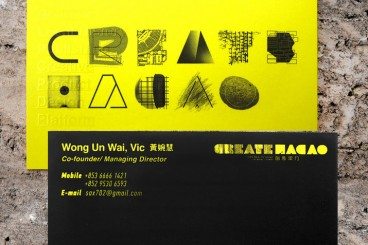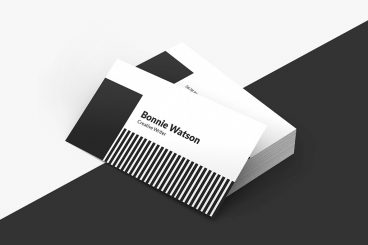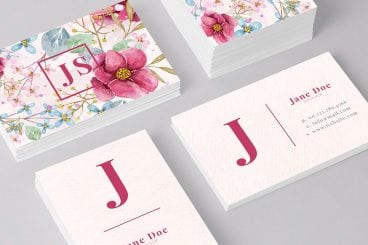Business Card Templates
Our business card series covers everything you need to know about crafting a beautiful card design, including the right company information, and collections of business card templates to help you get started fast!
In this overview, we’re answering some key questions: What size is a business card? What should you put on your business card? What font should you use on your business card? What are business card templates? (and how can they help you make a solid design fast?)
All of this alongside collections of business card templates, and some examples of particularly clever and unique designs!
Latest Business Card Template Articles
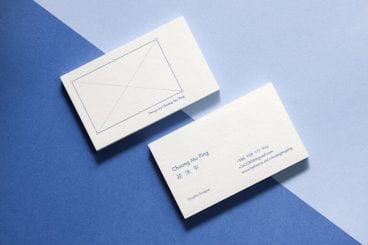
13 Oct 2023
What to Put on a Business Card: 8 Creative Ideas
What to put on a business card? It’s a tricky question. A business card that contains just the right information (and a stellar design) will grab attention and help you stand out. It’s the thing that makes someone else remember you, or your pitch.
Even in the digital age, a business card is a popular–and necessary networking and communication tool. Having a great business card provides legitimacy to your or your business, it’s a quick and easy way to exchange information, and can provide ways to help promote your work.
What you put on your business card says a lot to others. Here’s a guide to what to put on a business card, with plenty of creative ideas to help you get started.
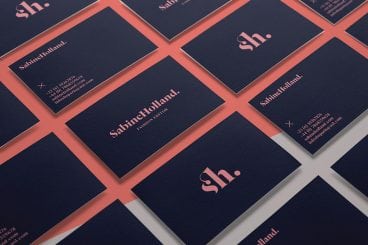
25 Jul 2023
Choosing the Best Font for Business Cards: 10 Tips & Examples
One of the smallest things that can be the most difficult to design is a business card. Due to its small size and a need to include a lot of information, choosing the best font for your business cards is important. It has to set the right tone for you (and your business) and maintain a high level of readability.
While there are a lot of amazing fonts out there, not all of them are super easy to read and understand at small sizes. Most printers recommend that the font on a business card not drop below 8 points (that’s pretty small), so a highly readable option for anything this size is vital.
Here, we’ll look at 10 of the best fonts for business cards and ways you can make the most of these typefaces. Plus, we have a few examples of business card designs that are sure to inspire you.
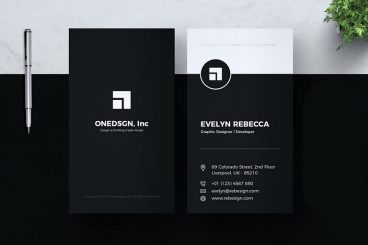
5 Jul 2023
30+ Free Business Card Templates for Google Docs (+ Design Tips)
If you’re looking for a cheap and easy way to quickly design a printable business card, you’ve come to the right place. Today, we’re showcasing a collection of business card templates you can edit using Google Docs.
That’s right! You can actually create printable business cards using Google Docs. If you don’t have access to the expensive Photoshop software or even the pricey Microsoft Word, Google Docs will come to your aid to help craft a professional-looking business card.
In this collection, we’re featuring business card templates in a variety of designs. These templates are available as Microsoft Word (docx) files. As you know, you can easily edit Word files in Google Docs. Simply upload the docx file into your Google Drive and edit it with Google Docs.
These business card templates, despite having designed in a Word processor, have beautiful and modern designs as well. Have a look.
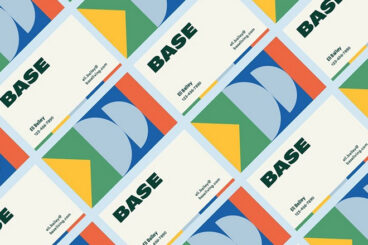
10 May 2023
20+ Examples of Stylish Business Card Designs (+ Templates)
When it comes to designing a business card, there are so many different design styles, trends, and concepts you can follow. But how do you figure you which one is best for your brand?
To help you find inspiration for your business card design, we’ve put together this collection of professional business card examples.
These examples show business cards crafted by experienced designers and how they use many different styles of designs. They will allow you to get an idea of how to approach your design.
We also handpicked a few business card templates. You can download and use them to create high-quality business cards without effort. Find the template collection right after the business card examples.
What Are Business Card Templates?
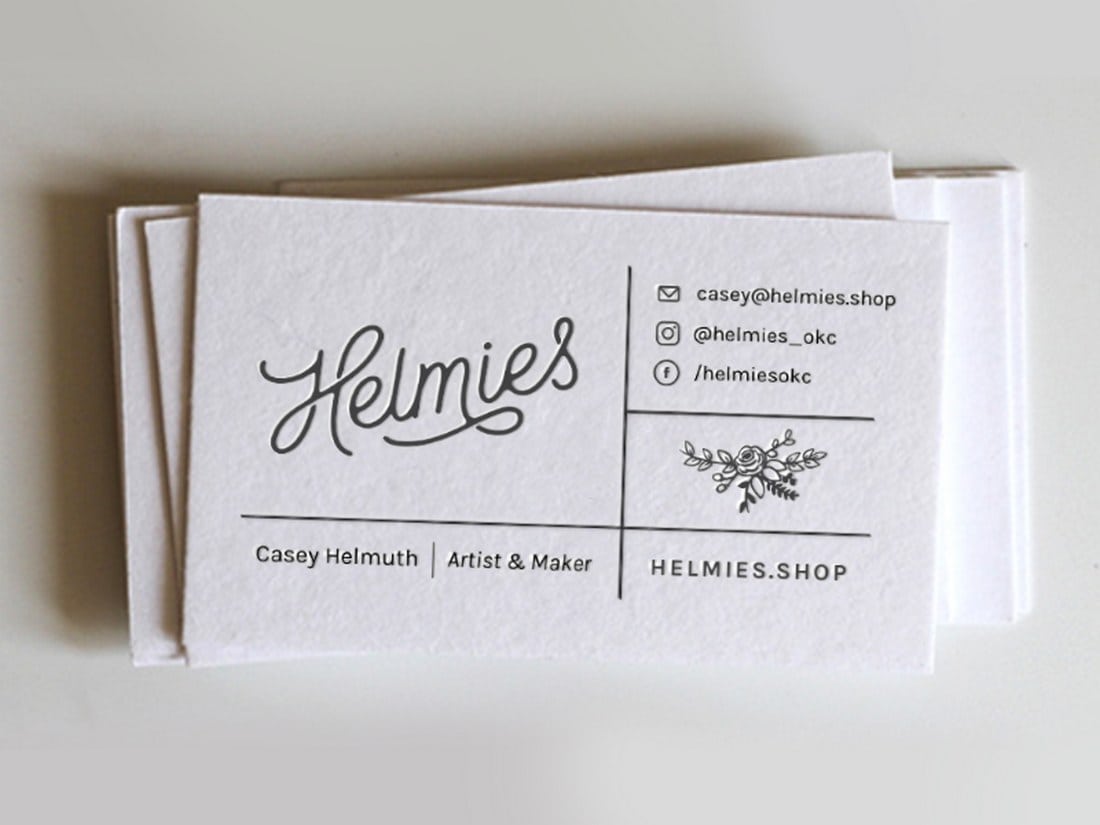
A business card template is a ready-made design document in the shape and size of the card you want to print. The template will include design elements that can be swapped out for a quick and easy card design.
A design template will include a simple theme with colors, fonts and maybe even a place for a logo or photo and allow for customization. (Many business templates are downloadable Adobe InDesign or Photoshop files.)
One of the key benefits of starting with a business card template is that create an affordable design quickly. Insert copy and images into the template, substitute the color palette you’re ready for the printer in one sitting.
The other thing to look for in a business card template is spacing guidelines, including a possible bleed area and safe zone so that card content does not go to close to the edge of the card design.
What Size Is A Business Card?
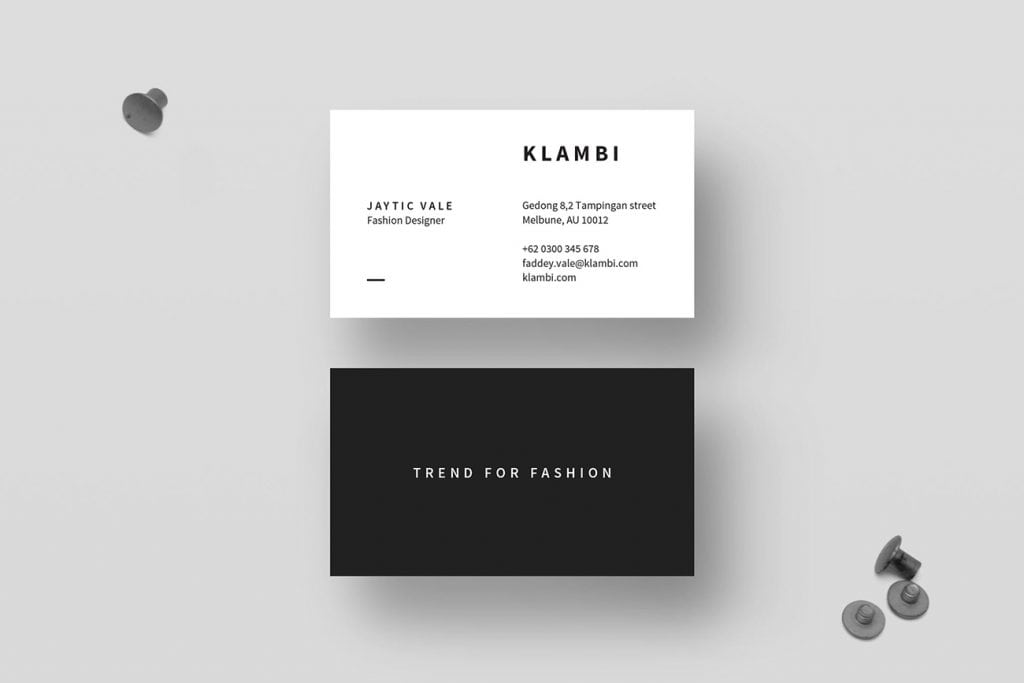
While not everyone prints business cards in a standard shape and size, a strong majority use common specifications. Standard sized business cards are easy to manage and fit easily in a pocket, portfolio or business card wallet.
In the United States and Canada, the standard size for a business card is 3.5 inches by 2 inches (89 millimeters by 51 millimeters).
In many European countries, including the UK, France, Germany, and Spain, the standard size for a business card is 85 millimeters by 55 millimeters (3.346 inches by 2.165 inches).
While the sizes are similar, you can see that the units used in that part of the world dictate the exact size. When preparing your business card file for print, make sure to add an appropriate bleed if the image area will extend to the edge of the card.
What Should You Put on A Business Card?
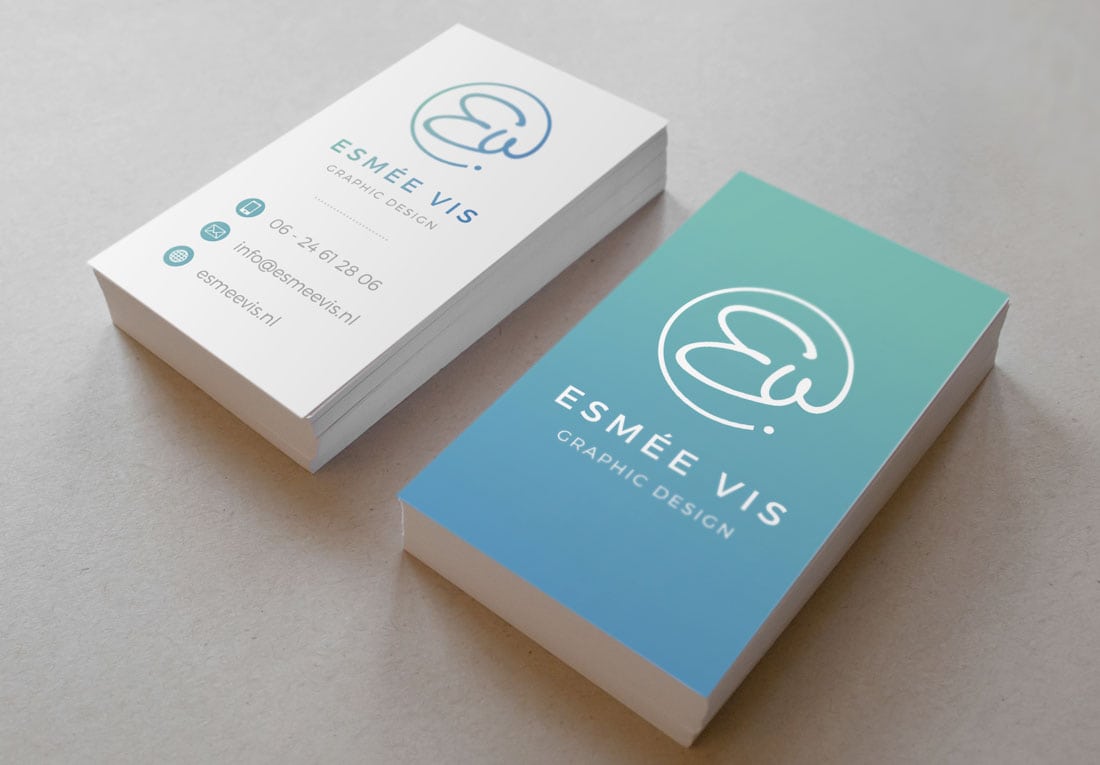
Even though a business card is a small piece, it can contain a lot of information. A good business card helps provide legitimacy for your business venture and can serve as a reminder to others to follow-up or contact you again later.
Every business card should contain the following information:
- Logo or brand mark (if you have one)
- Your name and business name
- Basic contact information, such as an email address and phone number
- Identifying information so that people remember what you do (designer, photographer etc.)
- Link to your portfolio or website

